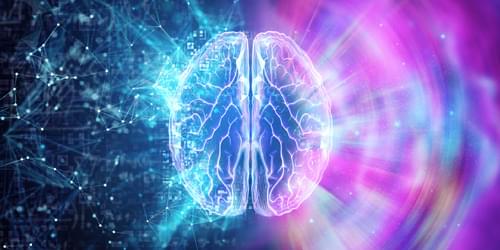A mathematical model shows how increased intricacy of cognitive tasks can break the mirror symmetry of the brain’s neural network.
The neural networks of animal brains are partly mirror symmetric, with asymmetries thought to be more common in more cognitively advanced species. This assumption stems from a long-standing theory that increased complexity of neural tasks can turn mirror-symmetric neural circuits into circuits existing in only one side of the brain. This hypothesis has now received support from a mathematical model developed by Luís Seoane at the National Center for Biotechnology in Spain [1]. The researcher’s findings could help explain how the brain’s architecture is shaped not only by cognitively demanding tasks but also by damage or aging.
A mirror-symmetric neural network is useful when controlling body parts that are themselves mirror symmetric, such as arms and legs. Moreover, the presence of duplicate circuits on each side of the brain can help increase computing accuracy and offer a replacement circuit if one becomes faulty. However, the redundancy created by such duplication can lead to increased energy consumption. This trade-off raises an important question: Does the optimal degree of mirror symmetry depend on the complexity of the cognitive tasks performed by the neural network?
